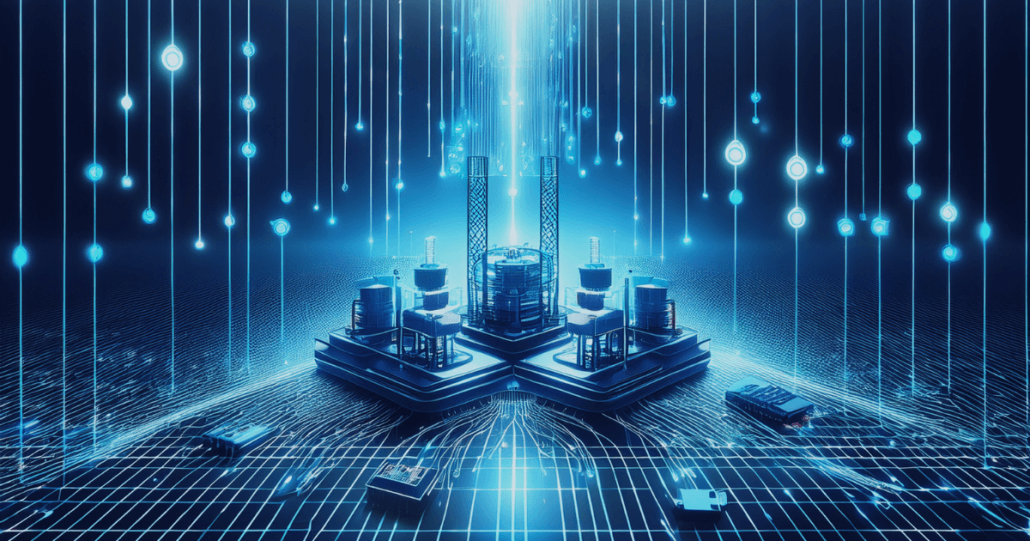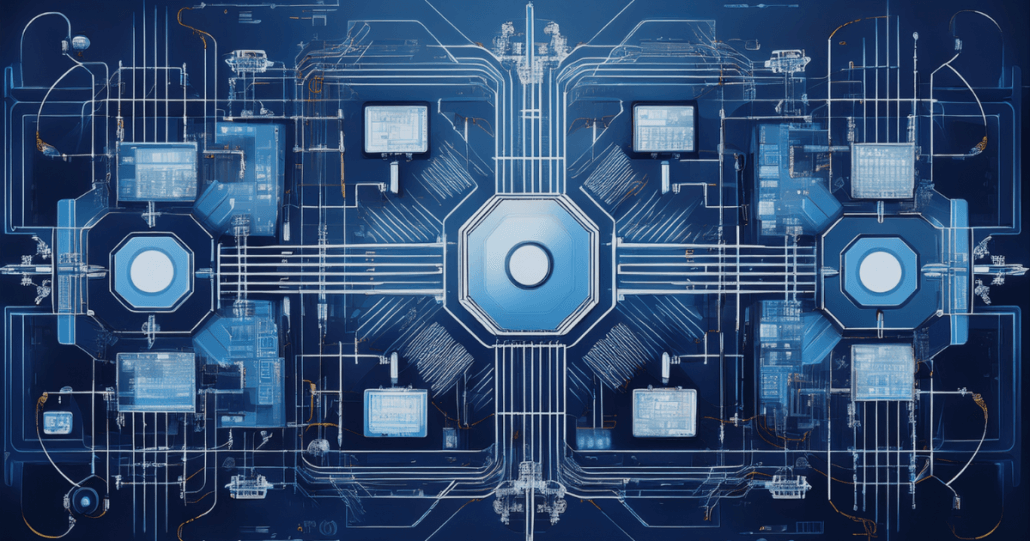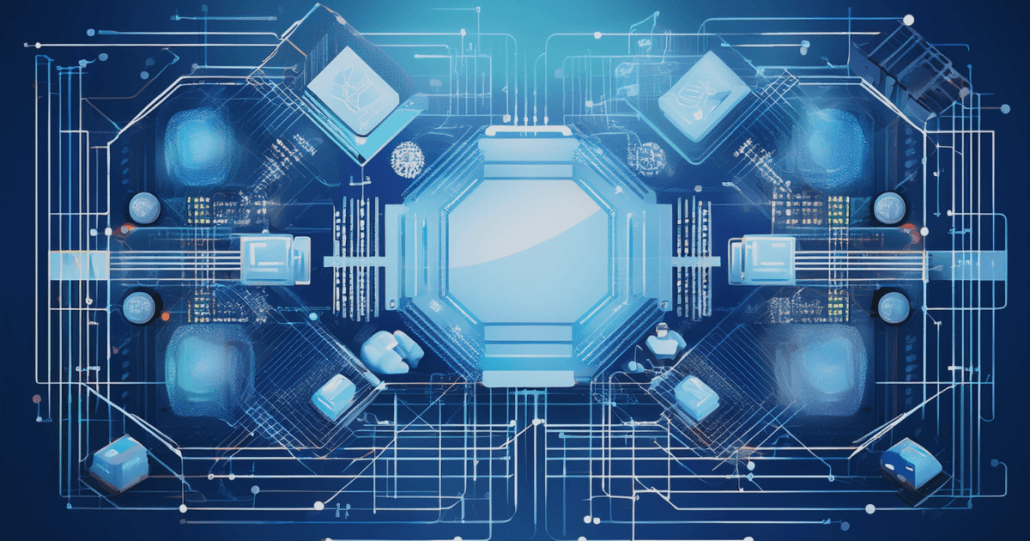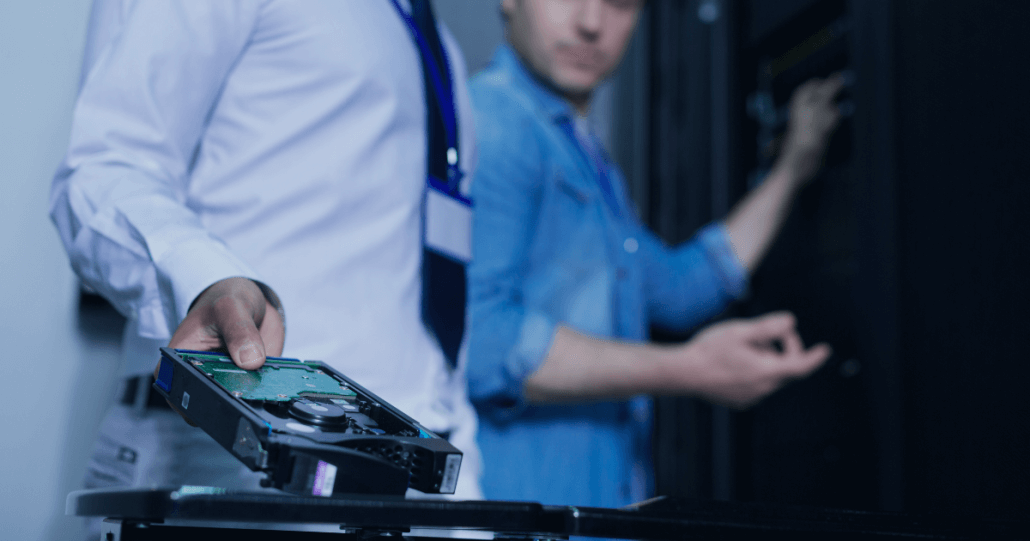RMS vs EMT Simulation for IBRs Explained for Power System Engineers
A split‑second voltage dip can cost a solar plant its revenue target for the month, yet predicting that dip starts with choosing the right simulation approach.
Real‑time validation of inverter‑based resources (IBRs) hinges on accurately representing both electrical dynamics and embedded control logic. Two techniques dominate the conversation: root‑mean‑square (RMS) phasor simulation and electromagnetic‑transient (EMT) simulation. Each method excels at specific time scales, study types, and hardware‑in‑the‑loop (HIL) workflows. Matching the method to the challenge speeds studies, keeps capital budgets under control, and unlocks crucial operational insights for grid operators and OEMs alike.
“The main difference between RMS and EMT simulation is the time resolution each uses, which dictates the physical detail each can represent.”

Understanding the Core Differences Between RMS and EMT Simulation
The main difference between RMS and EMT simulation is the time resolution each uses, which dictates the physical detail each can represent. RMS simulation averages electrical waveforms over an entire cycle, giving you fast, system‑wide insight into steady‑state voltage, current, and power flows. EMT simulation resolves the actual waveform at micro‑ to millisecond intervals, revealing sub‑cycle harmonics, converter switching events, and detailed protection interactions. Because EMT does not assume sinusoidal balance, it captures asymmetrical faults, converter phase‑locked‑loop behavior, and high‑frequency resonance that RMS phasors inherently smooth out. When deciding on RMs vs EMT simulation, consider not only the study objective but also the fidelity demanded by regulatory guidelines, cybersecurity constraints on control code, and the hardware available in your test lab.
How EMT Simulation Helps Solve Transient Stability in IBR Testing
EMT (Electromagnetic Transients) simulation operates at the timescale required to capture converter behavior, high-frequency switching, and network dynamics that unfold in milliseconds or less. This resolution makes it essential for engineers tasked with validating grid-forming inverters, power-electronic controllers, and other converter-dominated systems.
Capturing Sub‑Cycle Harmonics
Inverter switching generates high-order, non-integer harmonics that can stress filters, inject distortion into transformers, or trip protection devices. These effects typically occur within a single electrical cycle and often bypass detection in RMS-based tools. EMT simulation tracks the propagation of these harmonics from the converter through transformers, cables, and relays, allowing teams to test filter tuning and fault detection logic before equipment is energized.
Protecting Converters During Faults
Converter protection firmware often responds to single-line-to-ground faults within two milliseconds or less. EMT simulation replicates the exact sequence of control-layer behavior—current limiting, gate blocking, and protective shutdowns—under precise voltage and current conditions. Engineers verify that IGBT and SiC modules stay within thermal and current boundaries while maintaining grid-code compliance under fault stress.
Validating Complex Control Logic
OEMs often supply control code in proprietary formats, including compiled C, FPGA bitstreams, or encrypted libraries. EMT real-time simulation platforms allow these blocks to be tested without source-code exposure. Engineers observe how firmware reacts to varying point-on-wave conditions, anti-islanding triggers, and impedance shifts, ensuring that algorithms coordinate properly with system-level protection and synchronization logic.
When RMS Simulation Is Suitable for Steady‑State IBR Scenarios
RMS-based phasor tools still hold strategic value. Their coarse resolution enables quick, high-volume scenario sweeps where transient detail is not required. For long-term planning and broad interconnection screening, RMS remains the most efficient approach.
Long‑Term Voltage Profiles
Simulating seasonal or hourly variations in feeder voltage requires volume, not precision. RMS tools can evaluate thousands of operating points in minutes. Engineers determine optimal capacitor placements, study load shifting strategies, and check the impact of solar intermittency without tracking sub-cycle noise.
Utility‑Scale Planning Studies
Transmission planners use RMS simulation for grid interconnection analysis because it integrates directly with existing databases and regulatory toolchains. The format simplifies study setup and quickly identifies thermal overloads, voltage drops, and transformer tap conflicts under contingency scenarios.
Cost‑Sensitive Iterative Studies
When engineers must test multiple design options within short regulatory timeframes, RMS tools reduce resource strain. Tap settings, grounding topology, and capacitor locations can be adjusted and retested quickly without tying up real-time hardware or simulation engineers.
EMT vs. RMS Applicability
Scenario | EMT Simulation | RMS Simulation |
Transient stability | Essential (μs resolution) | Inadequate |
Harmonics analysis | Required (waveform capture) | Limited accuracy |
Steady-state planning | Overkill | Optimal (fast computation) |
Practical Use Cases for EMT Simulators in Modern Grid Design
As IBR integration scales and grid dynamics become more sensitive, traditional RMS models can miss critical behaviors that jeopardize system stability. EMT simulators are now essential tools for replicating the speed, complexity, and non-linearities of modern power electronics. Engineers use these simulators not only to validate converter designs but also to investigate specific operating scenarios where control decisions are made in microseconds.
- Fault‑Induced Delayed Voltage Recovery (FIDVR): Examine how air‑conditioner motor stalling interacts with large solar‑PV ramp‑downs during low‑voltage events.
- Grid‑Forming Inverter Commissioning: Test synthetic inertia algorithms and droop settings under high renewable penetration.
- Battery‑Energy‑Storage Black‑Start: Validate that a BESS can close onto a dead bus, build voltage, and accept synchronous machines without mis‑tripping.
- Point‑on‑Wave Switching of STATCOMs: Assess inrush and DC offset by modeling breaker pre‑insertion resistors at a microsecond scale with an EMT simulator.
- High‑Speed DC Fault Isolation in HVDC Links: Verify metal‑oxide varistor coordination and hybrid breaker timing during pole‑to‑ground faults on multi‑terminal DC grids.
Each of these use cases highlights where RMS phasor models fall short and EMT simulators become mission-critical. Whether you’re building black-start capability into a battery system or validating switching logic on a STATCOM, EMT simulation captures the speed and detail needed to avoid late-stage redesigns and costly field errors.
Key Performance Tradeoffs in RMS and EMT Simulation for IBRs
Choosing between RMS and EMT isn’t just a question of accuracy; it’s a question of scale, runtime, and engineering workflow. Understanding the tradeoffs involved helps simulation teams allocate their resources efficiently while meeting interconnection and compliance requirements. From solver precision to project turnaround time, each method brings strengths and limitations that matter in different stages of the validation cycle.
- Time Step vs. Network Size: EMT steps in microseconds, yet shrinks allowable system scale; RMS steps in milliseconds and scales to thousands of buses.
- Hardware Requirements: EMT often needs FPGA acceleration; RMS runs on conventional CPUs, trimming capital cost.
- Data‑Set Granularity: EMT waveforms create terabytes of output needing careful archival; RMS yields concise datasets suited to long‑term trending.
- Engineer Productivity: RMS supports automated contingency screening; EMT demands hands‑on tuning of damping, step size, and solver parameters.
- Compliance Objectives: EMT is essential for grid‑code clauses on flicker, high‑frequency oscillations, and short‑circuit current; RMS satisfies capacity‑planning rules.
Balancing these tradeoffs ensures that simulation efforts remain aligned with budget constraints, project timelines, and technical specifications. When RMS and EMT simulations are strategically applied, engineers gain the flexibility to validate what matters most, without overextending team capacity or hardware budgets.
Choosing the Right EMT Simulation Software for System‑Level Projects
Selecting EMT simulation software begins with defining the smallest time constants that matter to your study. If converter protection acts within 50 µs, ensure the solver supports sub‑10 µs steps on hardware you already use. Look for software that exchanges FMI/FMU objects, so plant‑level controllers written in Modelica or Simulink can co‑execute with C‑based device firmware. Library breadth should span overhead lines, cable frequency‑dependent parameters, and built‑in phasor domain solvers for co‑simulation. Finally, confirm cybersecurity features such as hashed model distribution and encrypted code‑injection paths to keep OEM intellectual property private.
“With OPAL‑RT, you study converter behavior at microsecond resolution on the same open platform you already trust for steady‑state analysis, without adding extra hardware.”

How OPAL‑RT Supports RMS and EMT Simulation for IBR Validation
OPAL‑RT’s open‑architecture platforms allow you to load RMS phasor models and microsecond‑level EMT models on the same hardware, switching between them without rewiring a single connector. The Blackbox Interface injects encrypted OEM control code directly into the simulator, so converters behave exactly as they will in the field while the intellectual property remains protected. Integrated FPGA acceleration achieves sub‑10 µs steps for high‑frequency switching studies, while multicore CPUs carry out large‑scale RMS load‑flow sweeps during overnight batch runs. With OPAL‑RT, you study converter behavior at microsecond resolution on the same open platform you already trust for steady‑state analysis, without adding extra hardware. That consistency shortens project timelines, trims validation costs, and gives engineers confidence that grid‑connection requirements will be met on the first submission.
Engineers and innovators rely on real‑time simulation to accelerate development, reduce risk, and push the limits of what is possible. At OPAL‑RT, we bring decades of expertise and a passion for innovation to deliver the most open, scalable, and high‑performance simulation solutions in the industry. From Hardware‑in‑the‑Loop testing to AI‑ready cloud simulation, our platforms help you design, test, and validate with confidence.
Common Questions About RMS vs EMT Simulation for IBRs
What is the primary benefit of the RMS vs EMT simulation when planning grid upgrades? RMS phasor tools screen thousands of contingencies quickly, so planners catch thermal or voltage violations early, while EMT is reserved for detailed converter or protection studies requiring microsecond fidelity. How does an EMT simulator protect OEM control code? Modern simulators use encrypted blobs and secure memory spaces, allowing original firmware to run in real time without exposing proprietary algorithms to third parties. Can RMS simulation predict harmonic resonance in renewable corridors? RMS models average waveforms over whole cycles, so they miss sub‑cycle harmonics; engineers typically shift to EMT once resonance risks surface. Why does EMT simulation software need FPGA acceleration? Hardware acceleration sustains sub‑10 µs solver steps, which are essential for capturing high‑frequency switching and protection logic in converters. How do RMS and EMT simulation approaches affect certification timelines? RMS studies clear steady‑state interconnection milestones quickly, while EMT proofs satisfy fast‑transient clauses in newer grid codes, letting projects proceed through regulatory gates without rework





































